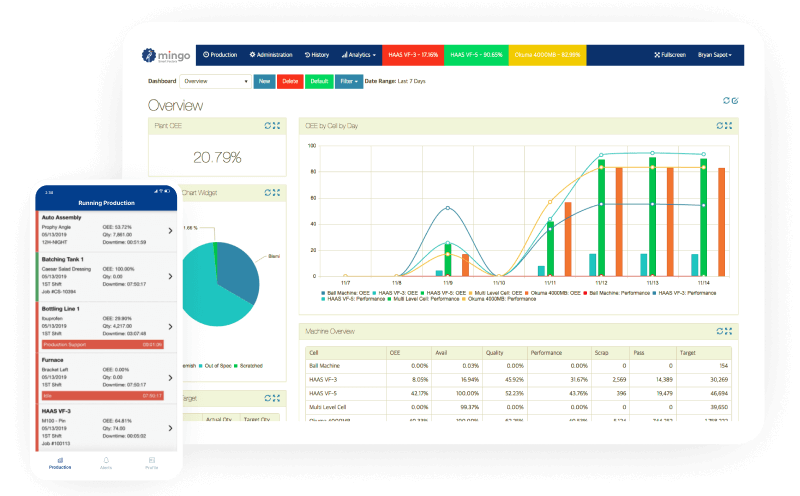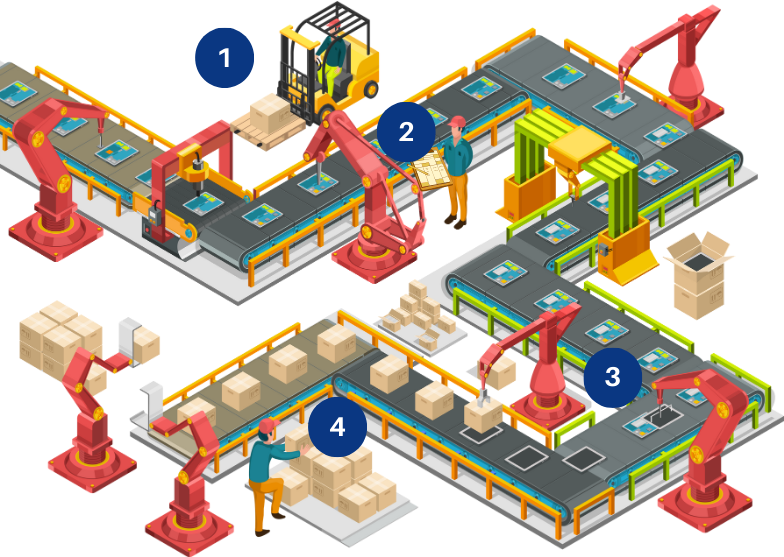
How Blow Molding Manufacturers Increase Capacity with Smart Factory Software
In the blow molding industry, capacity is everything. From bottle and container production to custom-molded parts, the ability to maximize output without sacrificing quality determines


















